Introduction
Mulberry wine, a delightful and aromatic beverage derived from the fermented juice of mulberry fruits, offers a unique flavor profile that ranges from subtly sweet to robustly dry. This ancient drink, cherished for its health benefits and rich history, requires careful handling and storage to maintain its quality and character. Whether you’re a home brewer preserving your latest batch or a wine enthusiast storing a rare vintage, understanding the proper preservation methods for mulberry wine is crucial. This comprehensive guide delves into the various aspects of storing mulberry wine, from initial bottling to long-term aging, ensuring that every sip retains its intended taste and aroma.
Understanding Mulberry Wine
Before diving into preservation techniques, it’s essential to grasp the basics of mulberry wine. Mulberries (Morus species) are small, edible fruits that grow on mulberry trees, primarily cultivated in temperate and subtropical regions. The fruits vary in color from white to red, purple, and black, each offering distinct flavors and potential wine characteristics.
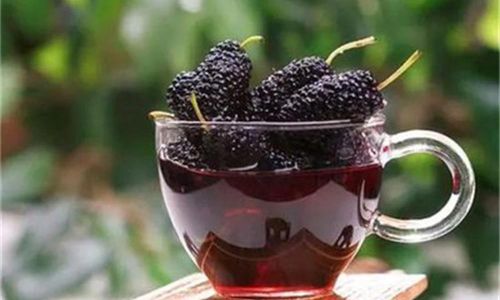
Mulberry wine production typically involves crushing the fruits, extracting juice, adding yeast for fermentation, and then aging the resulting wine in barrels or bottles. The aging process can significantly influence the wine’s taste, color, and aroma, with different aging conditions yielding varied results.
Initial Preparation: Bottling and Sealing
Proper bottling and sealing are the first steps in preserving mulberry wine. Here are some key considerations:
-
Clean Bottles: Ensure that all bottles are thoroughly cleaned and sanitized. Residual dirt, detergent, or bacteria can spoil the wine. Use a bottle brush and a suitable sanitizing solution, such as a mild bleach solution or commercial wine sanitizer, followed by rinsing with clean water.
-
Correct Bottling Equipment: Use equipment designed specifically for bottling wine, such as a bottling wand, a corking machine, or a capper for screw-top bottles. This ensures a tight, airtight seal, preventing oxygen ingress that can cause oxidation and spoilage.
-
Fill to the Neck: Fill each bottle to the neck to minimize the headspace, the empty space between the wine and the cork or cap. Headspace allows oxygen to remain trapped, accelerating aging and potential spoilage. If necessary, use a wine filler to achieve an even, consistent fill level.
-
Corking and Sealing: For cork-finished bottles, use high-quality corks that are neither too tight nor too loose. Overly tight corks can push wine out during storage, while loose corks allow oxygen to seep in. For screw-top bottles, ensure the caps are securely tightened.
-
Label and Date: Label each bottle with its contents, vintage (if applicable), and bottling date. This information is invaluable for tracking aging progress and ensuring you consume the wine within its optimal drinking window.
Temperature Control
Temperature is one of the most critical factors in preserving mulberry wine. Fluctuations in temperature can cause the wine to expand and contract, potentially pushing corks out or allowing oxygen ingress. Here’s how to manage temperature effectively:
-
Consistent Temperature: Store mulberry wine at a consistent temperature, ideally between 50°F and 55°F (10°C and 13°C). This range slows down chemical reactions, preserving the wine’s flavors and aromas.
-
Avoid Extreme Temperatures: Avoid storing wine in areas where temperatures exceed 70°F (21°C) or drop below 45°F (7°C). High temperatures can accelerate aging, leading to cooked or flattened flavors, while low temperatures can cause the wine to freeze, expanding and potentially rupturing the bottle.
-
Temperature-Controlled Cellars or Wine Fridges: Investing in a temperature-controlled wine cellar or fridge is the best way to maintain consistent temperatures. These appliances provide a stable environment, often with humidity control as an added benefit.
-
Monitor and Adjust: Regularly monitor the temperature of your storage area. Use a thermometer placed within the storage space to ensure accuracy. Adjust heating and cooling systems as necessary to maintain the optimal temperature range.
Humidity Control
Humidity plays a crucial role in preserving corks, which can dry out and shrink if exposed to low humidity. A dried-out cork allows oxygen to seep into the bottle, compromising the wine’s quality.
-
Optimal Humidity Levels: Maintain humidity levels between 60% and 70%. This range keeps corks moist, preventing them from drying out and shrinking.
-
Humidity Control Devices: Use devices such as humidifiers or dehumidifiers to maintain optimal humidity levels. In a temperature-controlled wine cellar, natural humidity levels may suffice, but monitoring is still essential.
-
Avoid Direct Sunlight: Direct sunlight can increase the temperature and reduce humidity within storage spaces. Position wine racks and shelves away from windows and other sources of direct sunlight.
Light Exposure
Ultraviolet (UV) light is detrimental to mulberry wine, causing chemical reactions that degrade flavors and aromas. Here’s how to minimize light exposure:
-
Dark Storage Spaces: Store mulberry wine in dark spaces, such as basements, cellars, or closets. Avoid areas where natural light or artificial lighting can directly reach the bottles.
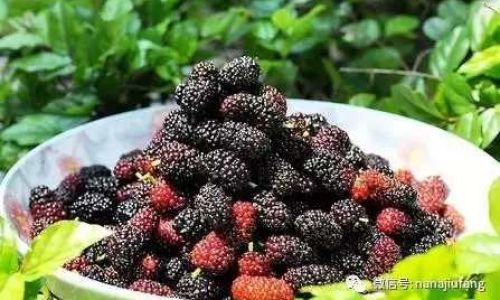
-
Opaque Bottles: Use bottles made from dark, opaque glass, such as those commonly used for red wines. These bottles block UV light, protecting the wine from degradation.
-
Wine Racks and Shelving: Arrange wine racks and shelving to minimize light exposure. Position bottles so that they are not facing windows or other light sources.
Vibrations and Movements
Constant vibrations and movements can disrupt the chemical reactions occurring within the wine, leading to premature aging and loss of flavor.
-
Stable Storage Spaces: Store mulberry wine in stable, vibration-free environments. Avoid placing bottles near appliances that vibrate, such as washing machines, dishwashers, or refrigerators.
-
Avoid Frequent Handling: Minimize the frequency of handling bottles. Each time a bottle is moved, it experiences micro-vibrations that can disrupt the wine’s structure.
-
Use Wine Racks: Store bottles on wine racks designed to minimize movement. These racks often have slots that securely hold bottles in place, reducing vibrations and movements.
Positioning Bottles
The way you position bottles can also affect their preservation. Here are some best practices:
-
Horizontal Storage: Store bottles horizontally to keep the cork moist. This position ensures that the wine touches the cork, preventing it from drying out.
-
Avoid Stacking: Avoid stacking bottles vertically, especially on top of each other, as this can cause corks to push into the wine or bottles to crack under pressure.
-
Use Wine Racks and Crates: Utilize wine racks, crates, or shelves designed for horizontal storage. These options provide a stable, secure environment that minimizes movement and vibrations.
Long-Term Aging
If you plan to age mulberry wine for an extended period, additional considerations come into play:
-
Cellar Conditions: For long-term aging, a dedicated wine cellar is ideal. It provides a stable environment with controlled temperature, humidity, and lighting conditions.
-
Regular Monitoring: Regularly monitor the conditions within your cellar or storage space. Adjust heating, cooling, and humidity control systems as necessary to maintain optimal conditions.
-
Taste Testing: Periodically taste test your mulberry wine to assess its aging progress. This allows you to identify when the wine reaches its optimal drinking window and make decisions about consuming or further aging.
-
Avoid Disturbances: Minimize disturbances to the aging process. Avoid frequent handling, vibrations, and temperature fluctuations that can disrupt the wine’s development.
Conclusion
Preserving mulberry wine requires a combination of careful handling, proper storage conditions, and regular monitoring. By following the methods outlined in this guide, you can ensure that your mulberry wine retains its intended flavors, aromas, and textures, providing a delightful and satisfying drinking experience. Whether you’re a home brewer or a wine enthusiast, understanding and implementing these preservation techniques will help you enjoy mulberry wine at its best for years to come.

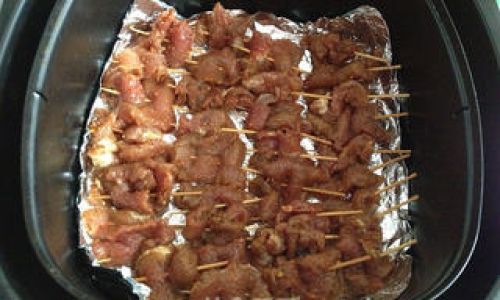
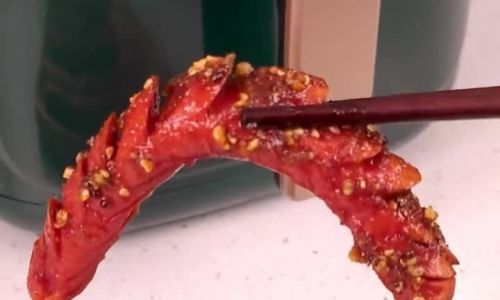
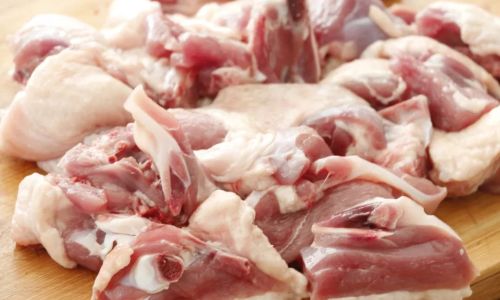
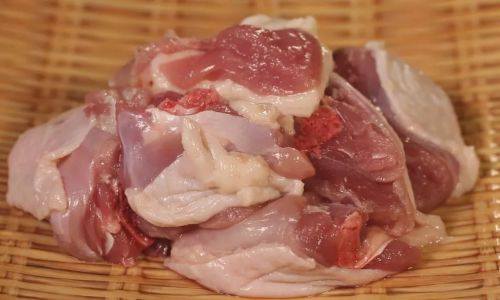
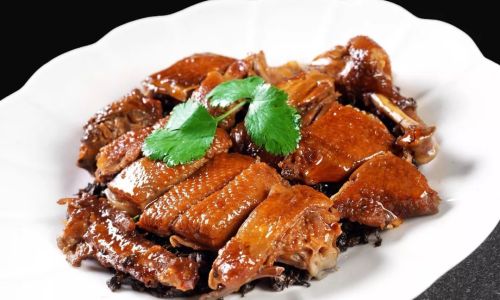
0 comments